To operate each and every electronic circuit, at least two wires are mandatory – Positive and Negative also known as GND. If we take a look at the casual batteries, it mostly has only two terminals. Then a question arises why do phone batteries have more than 2 terminals? As we know with the battery the load can be connected only with positive and negative terminals to complete the circuit.
Also Read: Screensaver Why It Was Used? Screensaver Doing More Harm Than Good?

This simple phenomenon even works for single-phase home appliances, such as fans and light bulbs. Definitely in AC lines, we call the Positive-Phase and Negative-Neutral. However you might ask Some appliances have a third wire, what is that for? Let me tell you that the extra wire is earthing – mostly for just protection. If current leaks on the body of the appliances then through the earthing that current goes back to GND to prevent the user to get electrocuted. Ok as of now you know only two wires do most of the job then why do phone batteries have more than 2 terminals?
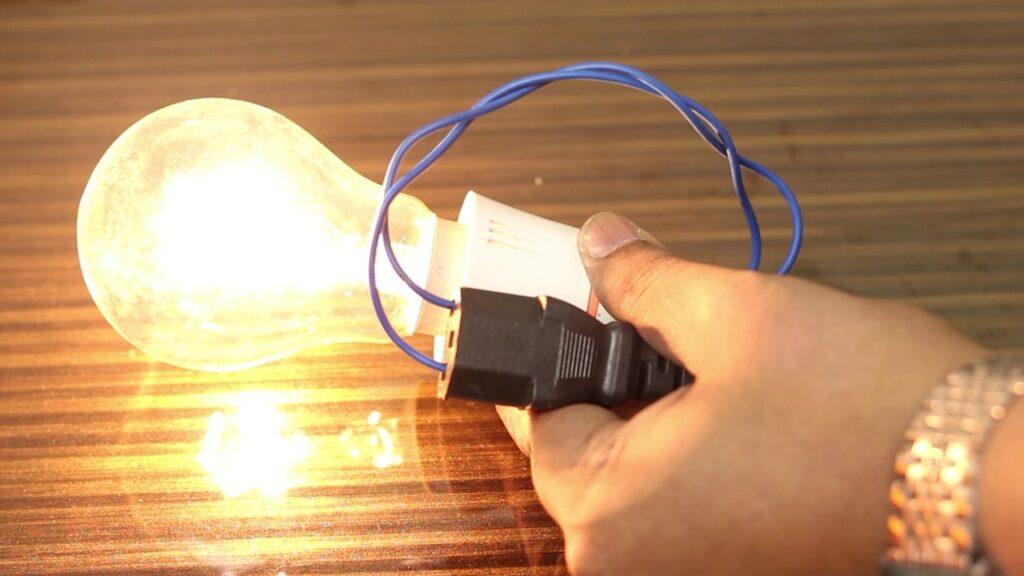
Phone batteries have more than 2 terminals?
Mobile phone batteries usually have 3 terminals in some cases even 4 despite smartphones or mobile phones using casual DC batteries. Interestingly, you can also use these phone batteries to power other devices as long as the voltage and power ratings match.
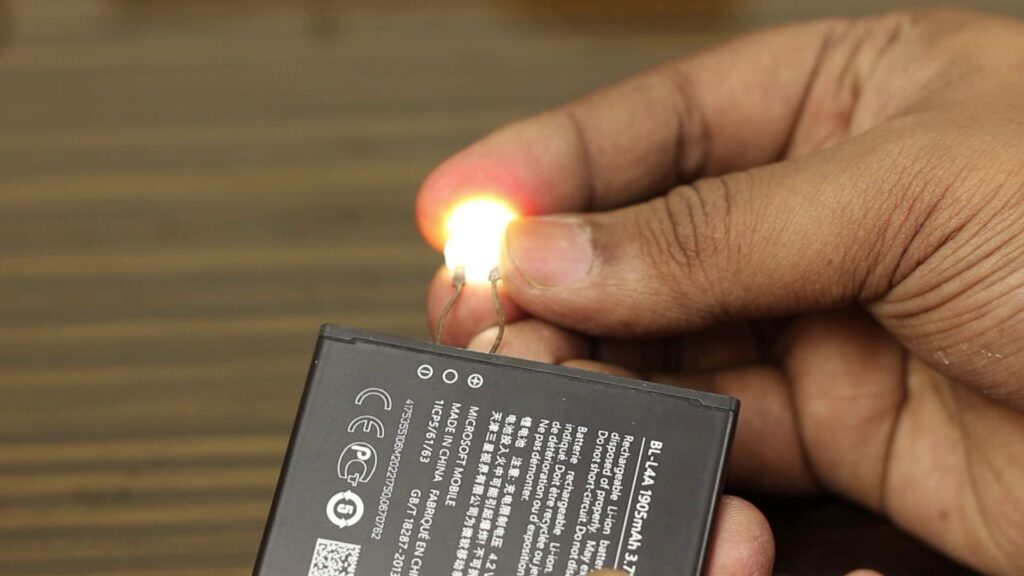
In most cases, the side pins of the battery are positive and negative terminals. In between them, there are sometimes one or two pins. However, it’s not a standard. Depending upon the manufacturer the 3rd terminal or 4th terminal of the battery could be placed anywhere.

Power Smartphone From External Power
If you’re right now thinking that 3rd terminal of the phone battery is useless then let me show you something. While trying to power my smartphone from my lab bench power supply by just only connecting positive and negative terminals the phone doesn’t turn on but it should be right?
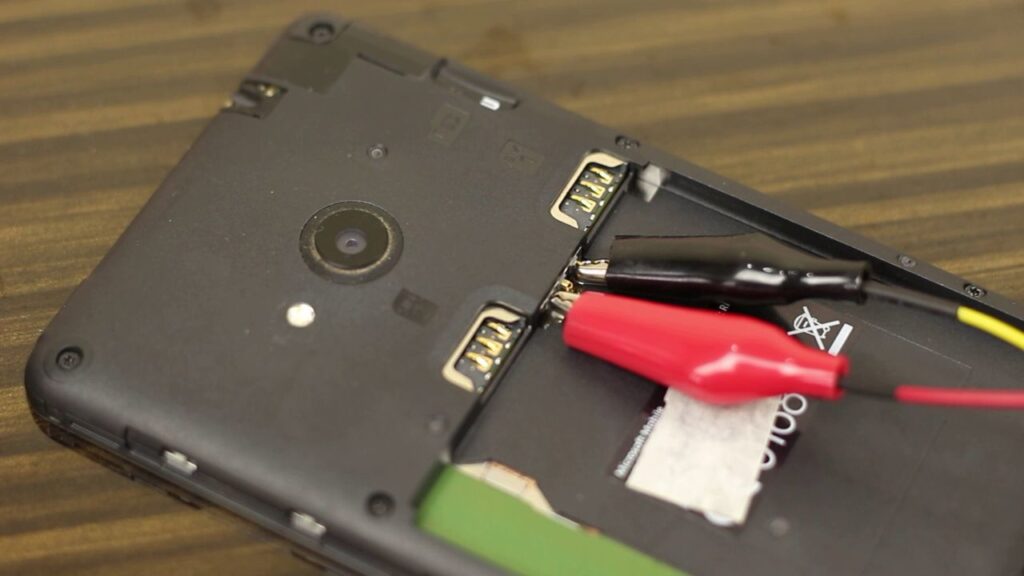
Well, that’s not necessary for all the cases. Some phones will turn on but some refuse to.

Exploring the 3rd Terminal of the Smartphone Battery
In a 3-pin configuration, the center pin mostly isn’t an identification pin mambo jumbo. Neither it is used to detect original batteries or to keep the clock active while the phone is switched off. These are all just myths.

Let me elaborate something. As you can see in the picture below positive and negative terminals are marked on the battery. If we connect the multimeter probes while setting the multimeter in voltage testing mode as you can see I am measuring around 3.9V.
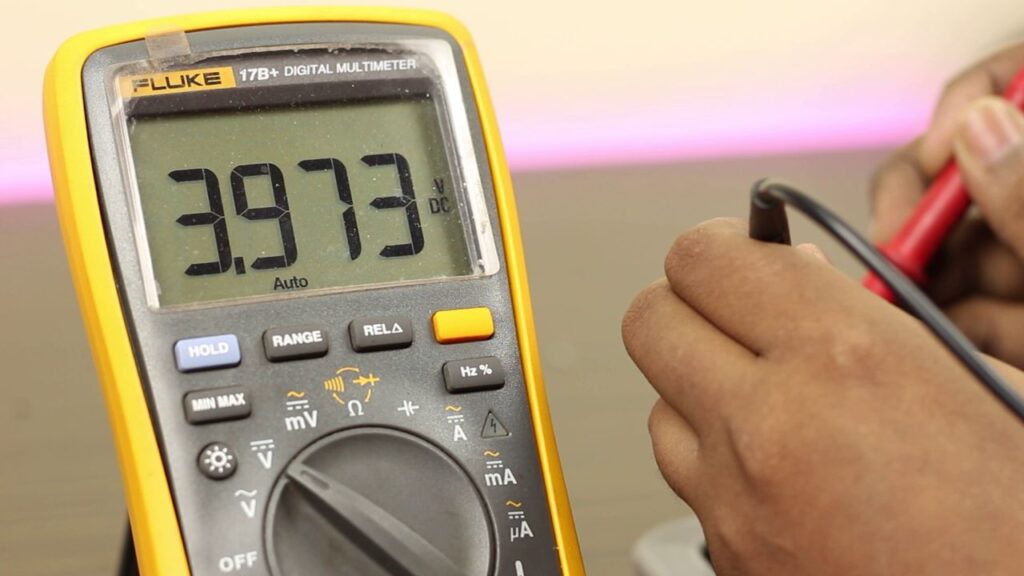
By switching the multimeter prob from positive to the center terminal and putting the multimeter in resistor testing mode I get the resistance across the center terminal to GND around 8.3 kiloohms.
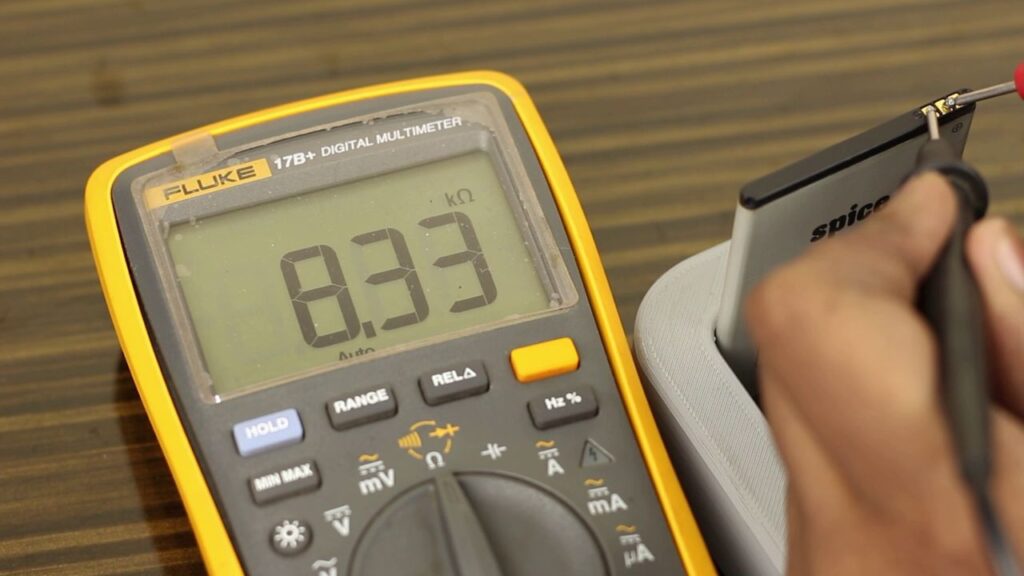
Now, look, I warm up the battery. Look at resistance change. Yes, it is 5.9K now. While cooling it down a bit and it will change again.

Basically, when a mobile battery has 3 pins the center pin is mostly connected to a temperature sensor integrated into the battery which in this case is mostly NTC (Negative Temperature Coefficient) or PTC (Positive Temperature Coefficient). It is a component that changes its resistance value with a temperature increase or decrease. Basically, it is a protection mechanism.

Why Temperature Sensor?
So the 3rd pin of the mobile battery doesn’t have anything to power the phone then why to measure the temperature Phone Battery Have that extra Terminal? In our smartphones, we mostly use Li-ion or Li-Po batteries. Li-ion/Li-Po batteries are extremely temperature-sensitive. If the temperature rises, the battery will expand and can even catch fire or blast.
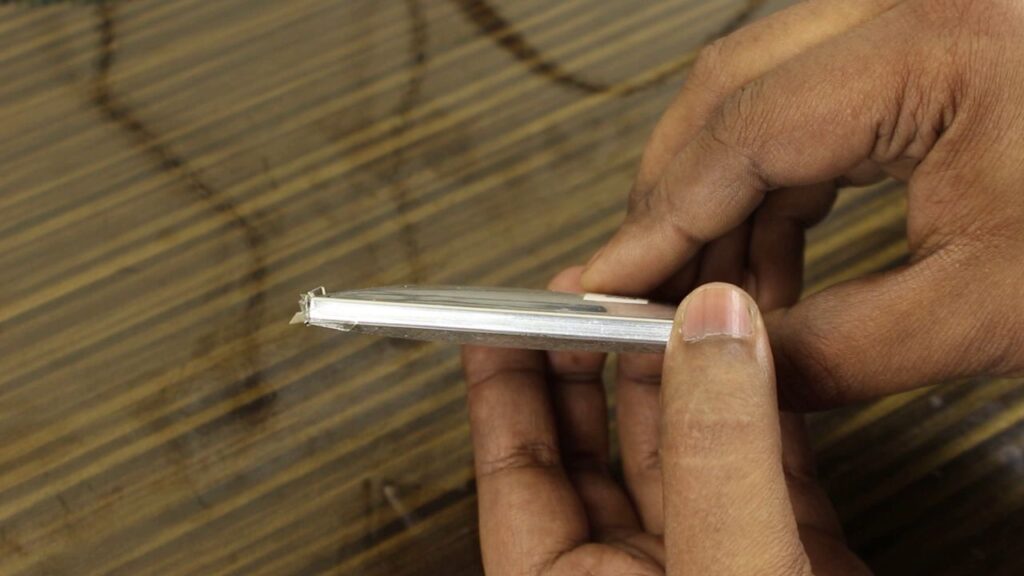
Why does the temperature increase you may ask? There are two reasons. First, the battery may short-circuit or overcharge and become hot. The second reason is the overuse of the phone, which raises the temperature of the battery to an unsuitable level. The first reason is very rare. If the phone short circuits, the battery’s short circuit protection will trigger, and the battery will not become hot. Also, the phone will never overcharge since it is designed that way.
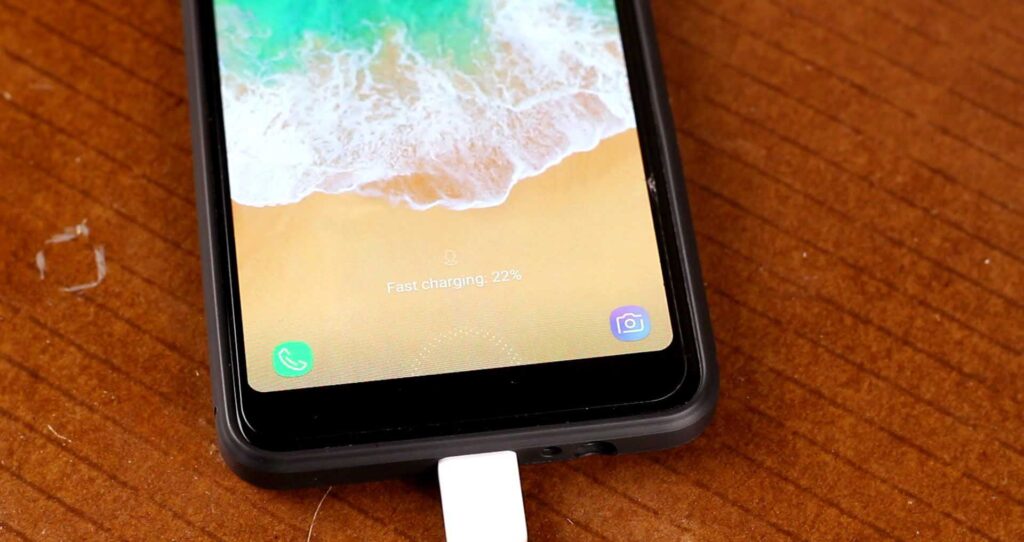
The second reason would be true. While playing games or running some processing-intensive tasks and if you simultaneously charge your device the device may become hot. That definitely raises the temperature of the battery. In such scenarios, to protect the user and the device, a temperature sensor must be implemented in the battery.
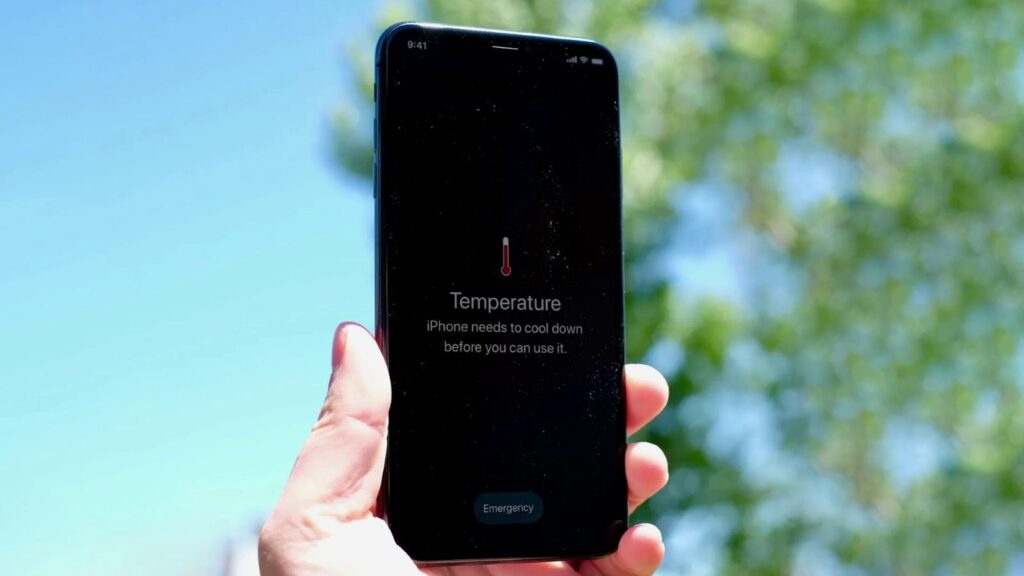
However, some cheap Chinese battery manufacturers skip this protection. To fool the phone, a suitable resistor is added to make it think that a temperature sensor is installed. Keep in mind the resistance value of the temperature sensor aren’t always same for every manufacturer it might vary.

Depending upon the phone’s battery temperature sensor resistance a suitable resistor is placed across the GND and temperature sensor pin.

This resistor will definitely not react like an NTC/PTC to temperature changes. So, if the battery temperature rises for some reason, there will be no notification to the phone that the battery or battery compartment is getting hot. Therefore, there is definitely a risk of the battery exploding if something goes wrong.

Why Smartphone Battery Has 4 Terminals
Let’s see why phone batteries sometimes have 4 terminals. As of now we know there are positive and negative terminals and the temperature sensor pins are on the battery then why the 4th terminal? Basically, the last and final pin is a kind of identification pin called the BSI pin. Battery Status Indicator (BSI) and Battery System Indicator (BSI). In the older days used to have a resistor across the terminal and GND. The value of the resistor varied depending on the battery capacity or battery chemistry. In older days Lithium-ion batteries are not the only standard then there was Ni-mH and Ni-CD batteries are used. After determining the battery capacity phone defined the charge percentage.
Don’t Miss: CD/DVD Disappear but Why? Rise of Streaming?

Nowadays, instead of a resistor, modern ICs are used to inform the phone about the battery. Battery health, life, capacity etc. In the case of removable batteries, the BSI pin had the additional function of protecting the phone’s circuitry and programs from sudden corruption if the battery was disconnected.

if the battery was suddenly disconnected for any reason, the BSI pin was designed to be the first to disconnect. This allowed the phone’s processor to know that the battery was about to be disconnected and immediately shut down any critical sections.

With non-removable batteries, a temperature sensor is definitely mandatory, but it depends on the manufacturer whether they want to include BSI or not.
In the Concluding Lines…
There have you guys. Now you know why Phone Battery Have More than 2 Terminals. Not necessarily there are always 3 terminals sometimes there are 4 terminals on smartphone batteries. However in recent days as smartphones have nonremovable batteries they mostly don’t use BSI but always use temperature sensors. It’s mandatory.
